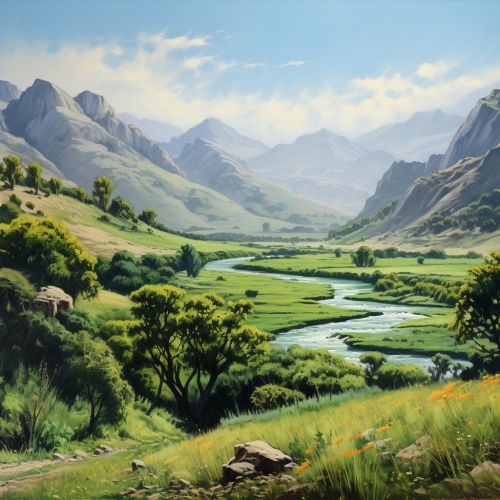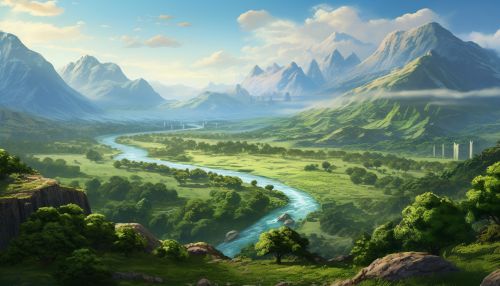Tigris River
Geography
The Tigris River, one of the two major rivers of Mesopotamia, originates in the Taurus Mountains of eastern Turkey and flows in a generally south-eastern direction through Iraq before merging with the Euphrates to form the Shatt al-Arab waterway, which empties into the Persian Gulf. The river is approximately 1,850 kilometers long, making it the eastern member of the pair of great rivers that define Mesopotamia, the other being the Euphrates, which lies to the west of the Tigris.


Hydrology
The Tigris is heavily dependent on melting snows, coming from the Turkish highlands in spring and early summer. Rainfall in the basin is highly seasonal, the majority falling between November and April. The river is also fed by numerous tributaries, the most significant being the Great Zab, Little Zab, and Diyala rivers.
History
Historically, the Tigris served as a conduit for the transport of goods and people, playing a vital role in the development of early civilizations such as the Sumerians, Akkadians, Assyrians, and Babylonians. The river's navigability has been of critical importance throughout history, enabling trade, transport, and agricultural prosperity in the region.
Ecology
The Tigris River supports a diverse array of aquatic and terrestrial life. It is home to a variety of fish species, including carp and barbel, and its banks are lined with date palms and eucalyptus trees. The river's marshes provide a habitat for numerous bird species, including the marbled teal and the Basra reed-warbler.
Modern Usage
Today, the Tigris River continues to be a vital source of irrigation, drinking water, and hydroelectric power. Major cities, including Baghdad, the capital of Iraq, and Mosul, are located along its banks. However, the river also faces environmental challenges, including pollution, dam construction, and climate change.
